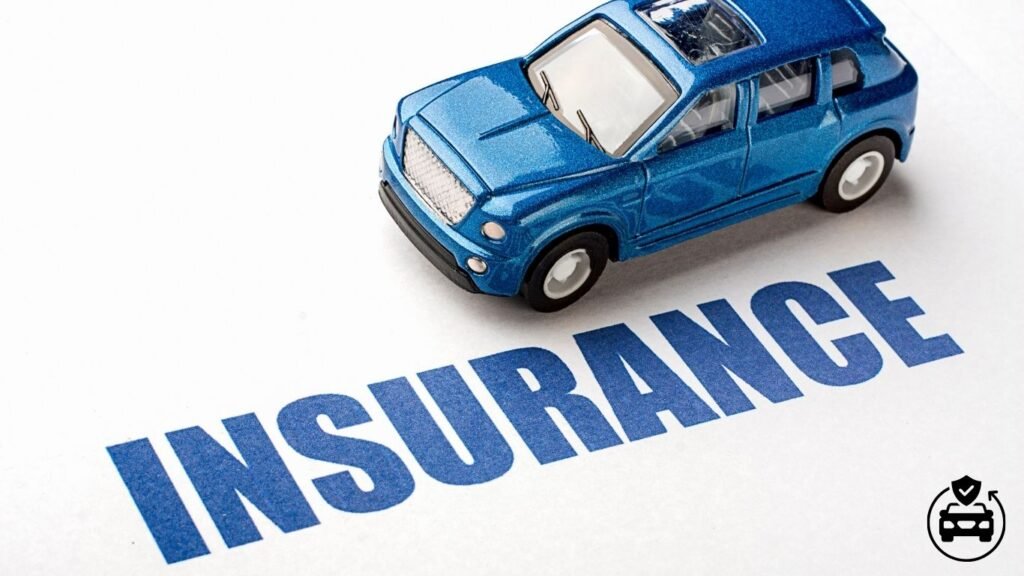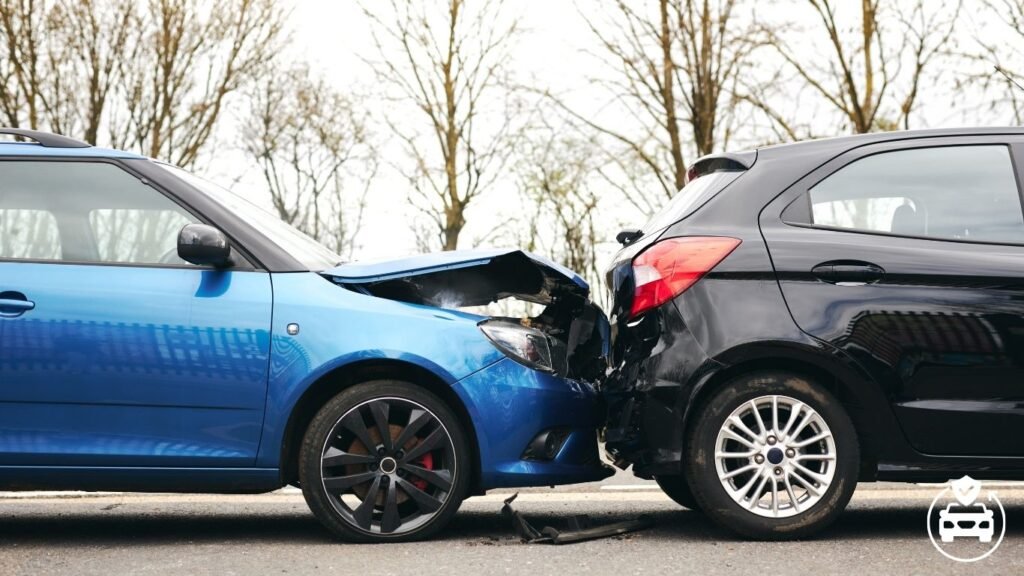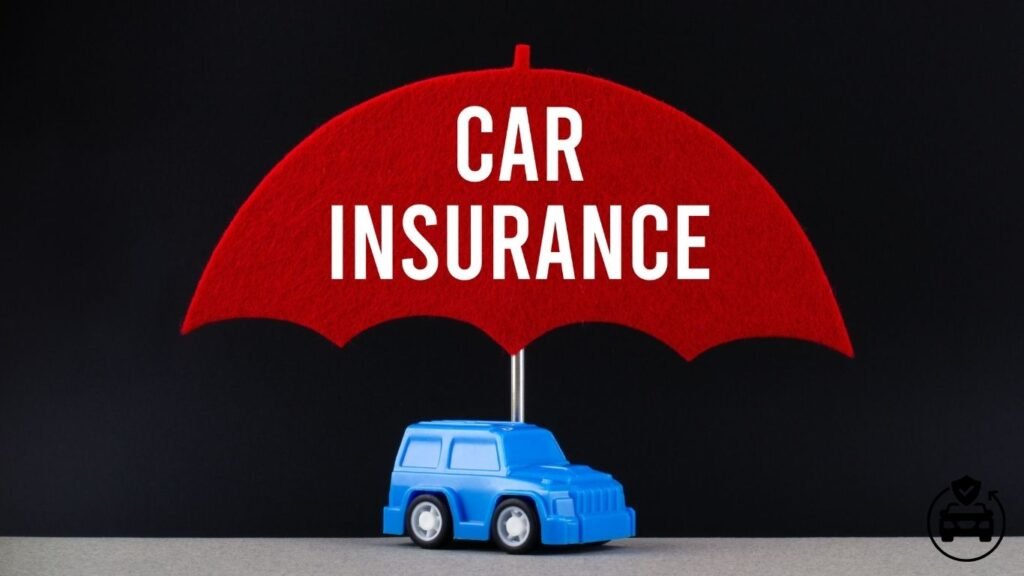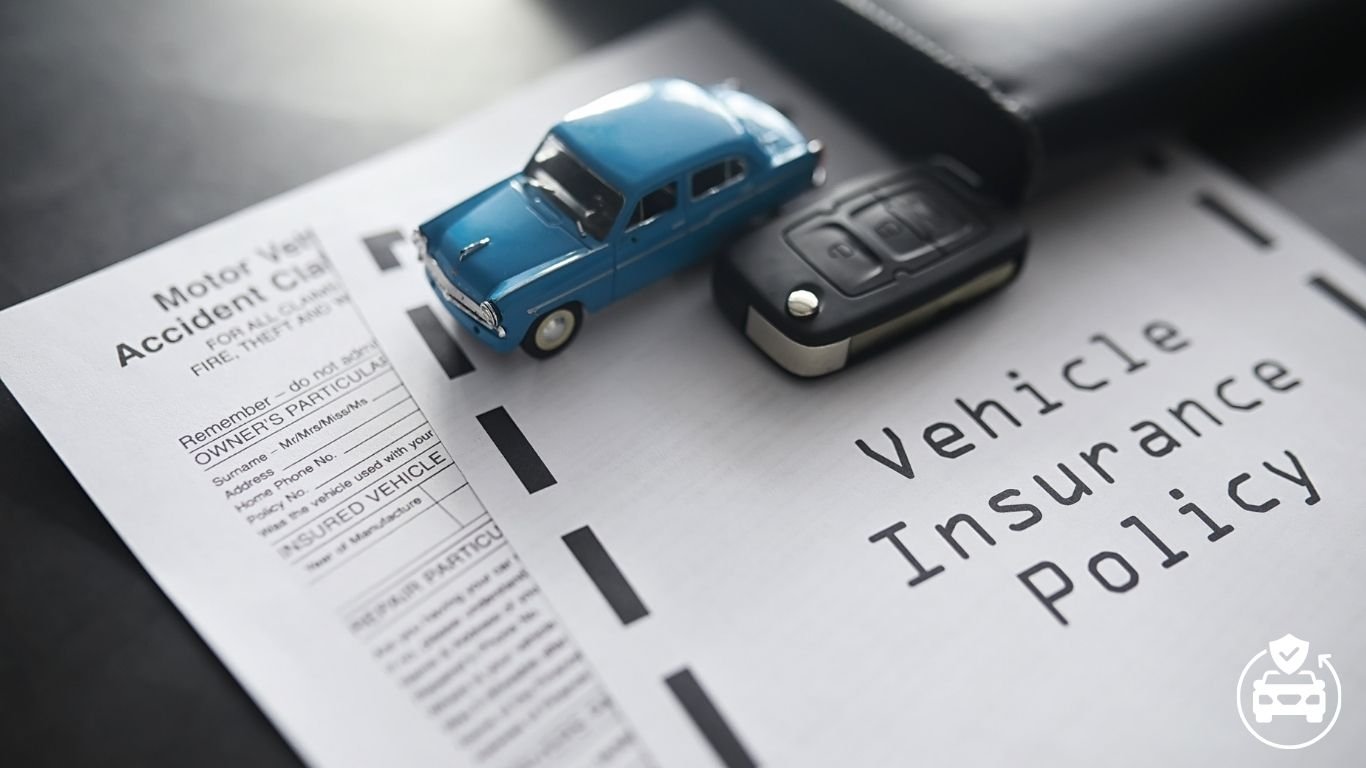Introduction
Car insurance is changing fast. In 2025, digital tools, artificial intelligence, and the rise of electric and self-driving cars are transforming the way policies are written and priced. If you’re buying or renewing car insurance this year, it’s important to understand how these changes affect your coverage and what you can do to save money.
In this article, we’ll break down everything you need to know about car insurance in 2025, including:
- New technology in car insurance
- Changes in pricing models
- Special considerations for electric vehicles (EVs)
- State and legal requirements
- Tips for finding the best coverage
Let’s dive in.
1. What’s New in Car Insurance in 2025?
The way car insurance works is evolving rapidly. Several major trends are shaping the landscape this year.
a. Usage-Based Insurance (UBI) Is on the Rise
One of the biggest shifts in 2025 is the move toward usage-based insurance. Instead of charging flat monthly rates, insurance companies are offering plans based on:
- How much you drive
- When you drive (e.g., daytime vs. nighttime)
- How safely you drive (measured through apps or plug-in devices)
This system benefits safe and low-mileage drivers. If you’re rarely on the road or have good driving habits, you could save up to 30% to 50% on your premium.
b. AI-Powered Claims and Underwriting
Artificial intelligence is improving how insurance companies operate. In 2025:
- Claims are often processed automatically with minimal human intervention
- AI helps detect fraud
- Underwriting is faster, offering personalized pricing based on data
You’ll likely see quicker approval for new policies and claims, making the experience smoother for customers.
c. Digital-First Insurance Providers
More companies operate fully online. Providers like Root, Metromile, and Lemonade Car allow users to get quotes, manage policies, and file claims entirely through mobile apps. This shift makes it easier to manage your insurance on the go.
2. How Much Does Car Insurance Cost in 2025?
Prices vary widely based on location, driving history, vehicle type, and credit score. Here’s a rough estimate of average car insurance costs in 2025 across the United States:
| Driver Type | Average Annual Premium |
|---|---|
| Good Driver (35 years) | $1,400 – $1,800 |
| Teen Driver (18 years) | $3,000 – $4,500 |
| Senior Driver (65 years) | $1,200 – $1,600 |
| Electric Vehicle Owner | $1,600 – $2,200 |
| High-Risk Driver | $2,800 – $4,000 |
Note: Prices may be higher in urban areas or states with more accidents, theft, or extreme weather.

3. Car Insurance and Electric Vehicles (EVs)
Electric vehicles continue to grow in popularity. In 2025, many drivers now own EVs like the Tesla Model Y, Ford Mustang Mach-E, or Hyundai Ioniq 6. But how does this impact insurance?
a. Higher Repair Costs
EVs tend to cost more to repair due to:
- Expensive batteries
- Specialized parts
- Limited certified repair shops
This may lead to higher insurance premiums for EVs compared to traditional gasoline cars.
b. EV-Specific Coverage
Some insurers now offer policies tailored to electric vehicles, which may include:
- Battery replacement coverage
- Free charging if your vehicle runs out of power
- Roadside assistance for EVs
If you drive an electric car, be sure to ask your insurer about EV-specific benefits.
4. What’s Legally Required in 2025?
Most countries and U.S. states still require basic coverage. Here are the common mandatory types of insurance in 2025:
a. Liability Coverage
Pays for damage or injury you cause to others. This is usually required by law.
b. Uninsured/Underinsured Motorist Coverage
Covers you if you’re hit by someone who doesn’t have insurance.
c. Minimum Limits by State
Each state sets minimum coverage limits. For example, in California, you may need:
- $15,000 for injury/death to one person
- $30,000 for injury/death to more than one person
- $5,000 for property damage
Make sure to check your local DMV or state website for exact requirements.
5. How to Choose the Right Car Insurance in 2025
With all the new features, it’s important to shop smart. Here’s how to find the best plan for your needs.
a. Compare Quotes from Multiple Providers
Use comparison websites like:
These platforms let you compare multiple quotes quickly.
b. Understand the Types of Coverage
Basic coverage might be enough for some drivers, but others may want more protection. Here’s a breakdown:
| Coverage Type | What It Covers |
|---|---|
| Collision | Damage to your car after an accident |
| Comprehensive | Theft, vandalism, weather-related damage |
| Personal Injury Protection (PIP) | Medical expenses after an accident |
| Gap Insurance | Covers the gap between car value and loan payoff |
c. Look for Discounts
Most companies offer discounts for:
- Safe drivers
- Good students
- Bundling (car + home insurance)
- Installing anti-theft devices
- Paying your premium upfront
Always ask what discounts are available when getting a quote.
6. Insurance for Self-Driving and Smart Cars
As technology improves, more cars in 2025 come with autonomous driving features. While fully self-driving cars are still rare, many vehicles now offer:
- Lane assist
- Adaptive cruise control
- Emergency braking
- Parking assist
a. Lower Risk, Lower Rates?
Some insurers offer discounts for vehicles with advanced safety features. However, self-driving technology isn’t perfect, and repairs can be costly. Expect a mix of discounts and premiums based on the car’s make and model.

7. Climate Change and Insurance Pricing
In 2025, climate change has become a bigger factor in insurance pricing. If you live in areas with frequent:
- Floods
- Wildfires
- Hurricanes
…you might pay more for car insurance. Some insurers are even pulling out of high-risk regions, making it harder to get coverage.
Tip:
If you live in a high-risk zone, consider comprehensive coverage and shop around for companies still writing policies in your area.
8. Car Insurance Apps and Tech Tools
Managing your policy is easier than ever thanks to mobile apps. Here are some of the best in 2025:
| App Name | Key Features |
|---|---|
| GEICO Mobile | Digital ID cards, roadside help, easy payments |
| State Farm Drive Safe & Save | Discounts for safe driving |
| Root Insurance | Uses phone data to personalize rates |
| Lemonade Car | Fast claims, EV perks, pay-per-mile options |
Most apps also allow you to file claims, make changes, and monitor your driving habits in real time.
9. Frequently Asked Questions (FAQ)
Q1: What is the cheapest car insurance in 2025?
A: Prices vary, but some of the most affordable providers in 2025 are Progressive, GEICO, and State Farm, especially if you qualify for discounts.
Q2: How can I lower my car insurance premium?
A: Try bundling policies, using telematics apps, choosing a higher deductible, and maintaining a clean driving record.
Q3: Does car insurance cover electric vehicles?
A: Yes, and many insurers now offer specialized coverage for EVs.
Q4: Can I manage my insurance entirely online?
A: Yes! Many insurers in 2025 let you get quotes, buy policies, and file claims through their mobile apps or websites.
Q5: Is usage-based insurance safe and accurate?
A: Generally, yes. These systems track how and when you drive, not where you go. Most users report fair pricing and better insights into their habits.
Conclusion
Car insurance in 2025 is more digital, personalized, and tech-driven than ever before. Whether you’re driving a gas-powered sedan, a high-end EV, or a car with smart safety features, there are more options available — and more ways to save.
To get the best deal:
- Compare quotes
- Understand your needs
- Look for modern coverage options
- Ask about available discounts
By staying informed and choosing wisely, you’ll protect yourself and your vehicle without overpaying.



